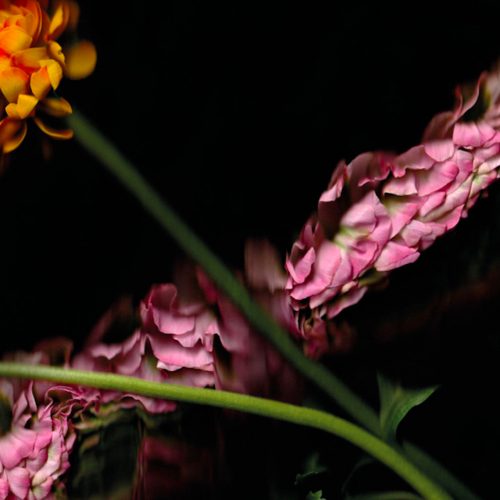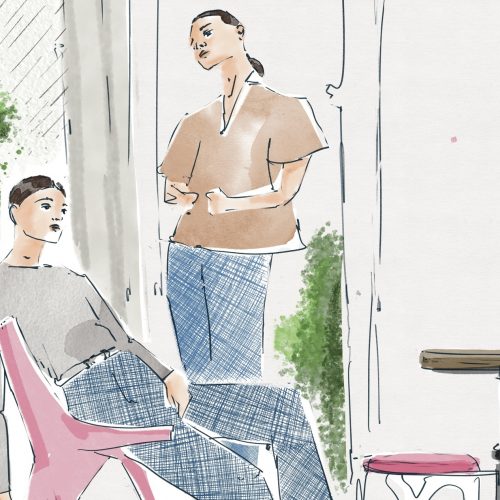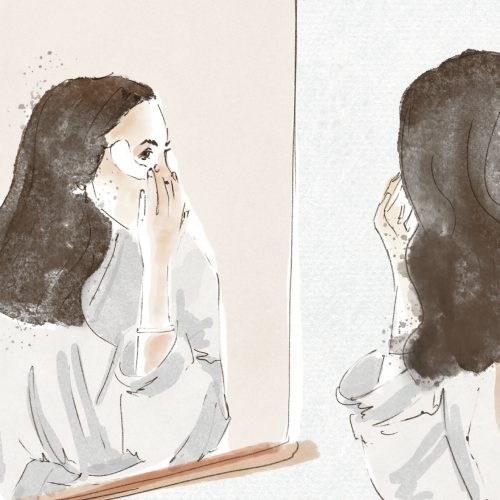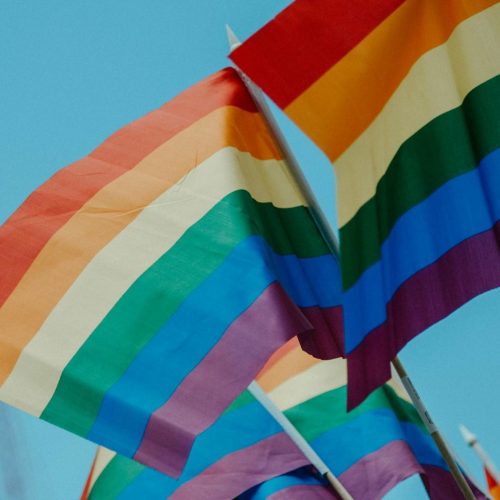Sustainable Christmas Tree: Fake or Real? The endless dilemma, finally solved
Every year we want Christmas to be a time of coming together, understanding and love, but more often than not, the holiday stress makes us find one hundred and one excuses to pick little fights with our family and friends over every detail, some more important than others. An endless dilemma of every respectable Christmas in a sustainable house is: should we go for a fake or for a real Christmas Tree?? The discussion could go on forever, and sometimes it does.
Honestly, we found out that each position has its good points when it comes to making the most ethical choice.
With this short conscious guide, you can finally come to closure with this topic and start arguing over Vegan Christmas Dinner.


Are fake trees really sustainable?
You save a tree, it’s good for nature and CO2!
Considered and sold by many as the most environmental option, fake Christmas trees have been warming the houses of millions of people around the holidays for decades. Many consciously opted not to cut down a living tree for their pleasure, and turned to re-usable products. But as it turns out, fake trees might not be helping our planet as much as we would love to. The main issue goes back to their production and disposal: they are made of non-renewable plastics (mostly PVC film) and petroleum-based products, who remain a danger for the environmental health, from production to the end of their “living”, which in other words means that their plastic and toxic chemicals are going to stick around the planet for a while, as we know from different non-recyclable objects.
According to Carbon Trust analysis, an artificial Christmas Tree will have to be used at least 10 years to keep its environmental emissions lower to the one of a real one. “ A 2 meters artificial tree has a carbon footprint of around 40kg CO2, more than twice that of a real tree that ends its life in landfill, and more than ten times that of real trees that are burnt.” But let’s see about real trees and the impact of our consumption of them.


Are real trees an ethical choice?
It’s natural and organic!
It really depends where your tree is coming from and how you are going to dispose of it. As we learn every time we speak about conscious consumerism: when available, local is better. Always!
Think of the nature surrounding you: is it a reality where a local farmer could grow a Christmas tree for you to adopt? If yes, then this might be your best option. Christmas trees are grown only for selling purposes, so if local farmers can survive out of it, your purchase could help to support an important and endangered local reality useful for other agricultural habits. If you are reading us from the warm coast of southern of Spain, maybe you won’t find local Christmas trees available for you, and their transport to your door could cost more emissions than their production itself. But you can still be sure to buy your tree from organic farms that don’t overuse pesticides and water and harvest in legal and ethical certified ways.
When using a real tree as Christmas decoration, it may be a good idea to keep it living during that period. It can survive up to 2 weeks in your home, and afterwards it can be planted again and keep breathing CO2 a bit longer, even in your own garden.
Trunk-chopped real Christmas trees must be disposed of accordingly: if it goes to landfill, its carbon emission will be around 16kgCO2e, if burnt, their emission will stop at around 3.5kg CO2e, as the process will release the carbon dioxide stored up while growing. With landfill disposal, the tree decomposes and produces methane gas, which is 25 times more potent as a greenhouse gas than carbon dioxide. (Carbon Trust)

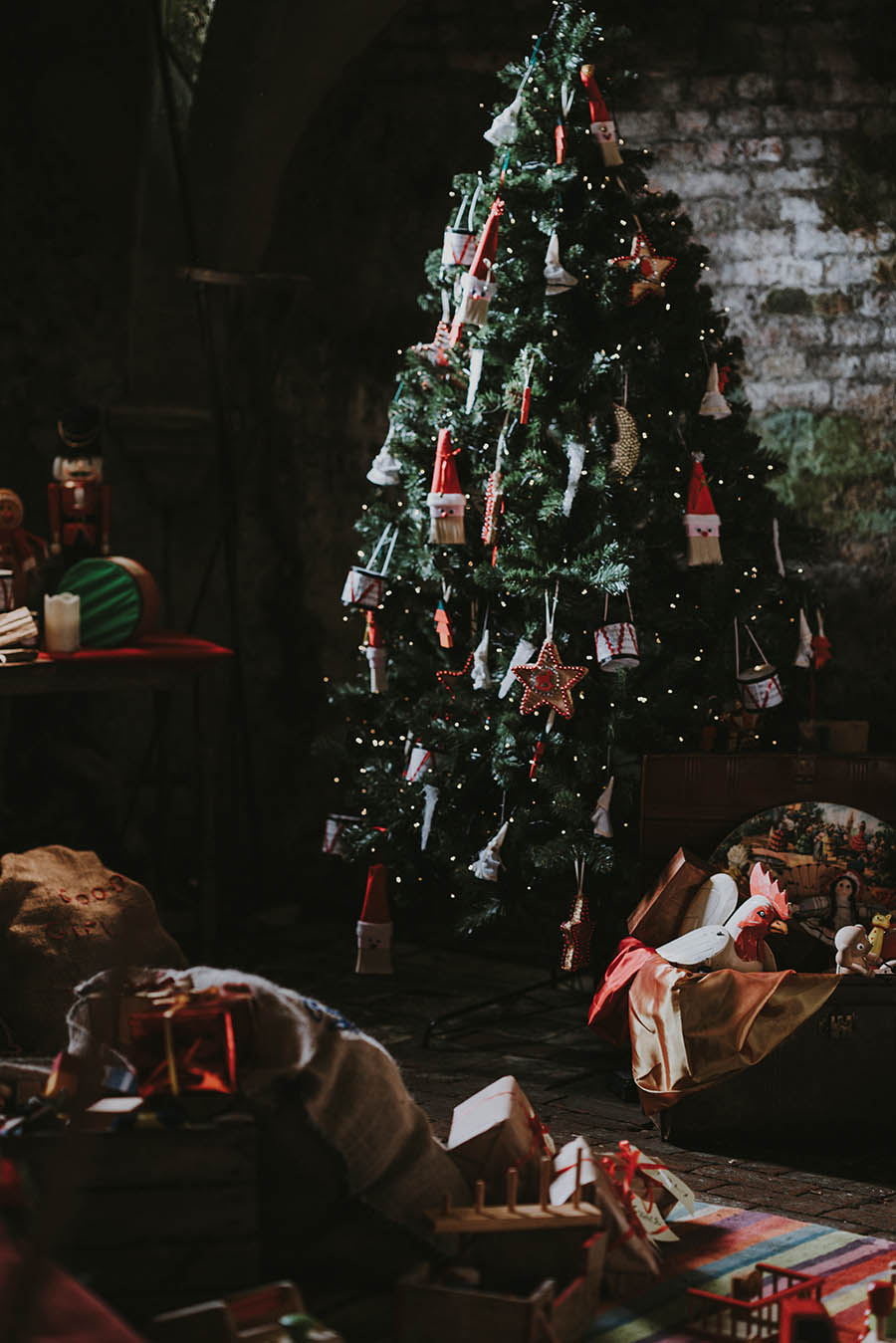
Christmas Trees: What is the most environmental friendly option?
- If you already own a fake Christmas tree: use it until you can, and even more! Try to be creative and postpone its death. It’s already there, so you might make the best out of it.
- It you want to buy a fake Christmas tree, because of traditions and impossibility to buy local: search for a second-hand one — people moving or renewing their traditions might get rid of theirs. An alternative, could be innovative designs made of environmental friendly materials, easier to recycle.
- If you opt for a real tree, then try to go for the most ethical producers you can find. Think in advanced of what you will do with it after the holiday and try to reduce the emissions and loss to their minimum.
- The ideal way to go to be kind to the planet would be to get a potted real tree, one that still has its roots, so that it can be planted again after the holiday. But you need to take care of it, because otherwise, in around two weeks the tree will not survive.
- You could also rent one! Giving it back after the holiday and then get it again for next years. And someone could take care of the work for you.
- Think about other local trees and plants you could decorate and still keep living in your home and garden. A new look to your family Christmas might not be such a bad idea.
In the end, when it comes to a long-term sustainable living, we need more steps forwards around the Christmas holidays. In our capitalistic society, it’s a time of extreme consumption and often unhealthy living: stress, eating, forgetting to breathe. But while we are trying to be conscious and stay healthy, it’s also important to keep living those traditions that make our hearts warm and keep us near to the ones’ we love. So, if you could actually survive without Christmas tree, but still can’t disappoint your parents because you already gave them too many worries, you could still help the family make the most sustainable choice out of your traditions!
Happy Christmas Tree making!!!

+ Words: Cecilia Gaeta_Luxiders Editor
Raised in the chaotic centre of Rome, Cecilia is now a passionate photography student at the Ostkreuzschule of Berlin. After graduating at the Humboldt University in Asian and African Area Studies with a focus on women migrations, she now wants to report about global issues with attention on social and gender equality through words and photographs.
Connect with her on Instagram: Cecilia

